Infanticide
Overview and Meaning
There are situations - such as when there is a food shortage or when predation makes it unlikely to successfully bring up pups - when it is adaptive for a mouse parent to kill its own offspring. In the laboratory this is however undesirable and is often considered a maladaptive abnormal maternal behavior. It may be the result of a normal animal in an abnormal environment.
There are multiple theories about the possible causes of infanticide. Postpartum stress is believed to be one of the more common triggers for this behavior, however this is not experimentally evidenced and there is little data supporting this belief. In addition, in wild populations it is adaptive for a male mouse to kill the pups he did not father, and females may also compete by killing pups. This is particularly common in harem breeding systems. Finally, a female mouse will abort embryos when exposed to the urine of an unfamiliar male. This phenomenon is known as the Bruce effect.
Description
Infanticide is active killing of the young. When dead or partly eaten pups are found in the cage, they may have died of natural causes - so it is unwise to interpret pup mortality as infanticide unless the behavior is directly observed.
Classification
Contexts
Variants
Cannibalism. The pup is eaten after it is killed or after it died from natural causes. Eating an already dead conspecific is sometimes described as passive cannibalism, while active cannibalism involves the actual killing as well as the ingestion.
